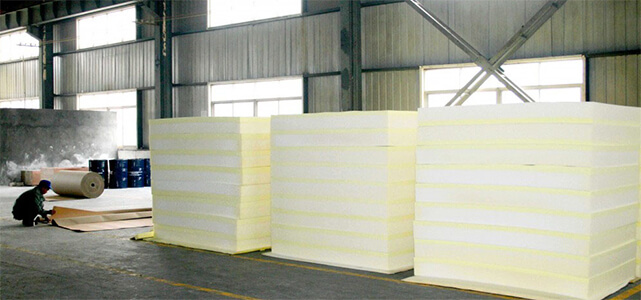Polyurethane foam is a blanket term that includes any foam that is synthesized using polyol and diisocyanate. These include but are not limited to: memory foam, high resilience foam, and high density foam. Since polyurethane foam can contain additives, a manufacturer that comes up with a new formula can name the new foam whatever they like.
Many memory foam mattresses are a combination of polyurethane foams, layered from dense on the bottom to less dense on the surface layers.
Polyurethane is a synthetic blend of organic compounds and has a tendency to off-gas. If you are susceptible to lung issues, please do additional research on the quality of foams before purchasing.
Pros: Many different types of foams exist under the polyurethane umbrella -- some are excellent for bedding and offer different firmness varieties!
Cons: Off-gassing and durability problems with lower quality foams.
Overall Score: 9.4/10
Comfort: 9.4/10
Softness: 9.5/10
Heat: 8/10
Hypoallergenic: 8.1/10
Odor: 8.4/10
Eco-Conscious: 8.5/10
General Support: 9.5/10
Price Value: 9.5/10
Polyurethane is a polymer created during a chemical reaction between polyol and diisocyanate (two chemicals created from organic compounds). The ratio of polyol to diisocyanate is 2:1 to form polyurethane, though there may be other compounds that are added to create just the right amount of density and elasticity for each piece of foam. The foam is synthesized, poured into molds, and cooled before cutting into mattress layers.
Polyurethane foam can be used in every layer of the mattress. Popular memory foam mattresses are almost all blends of polyurethane foams.

